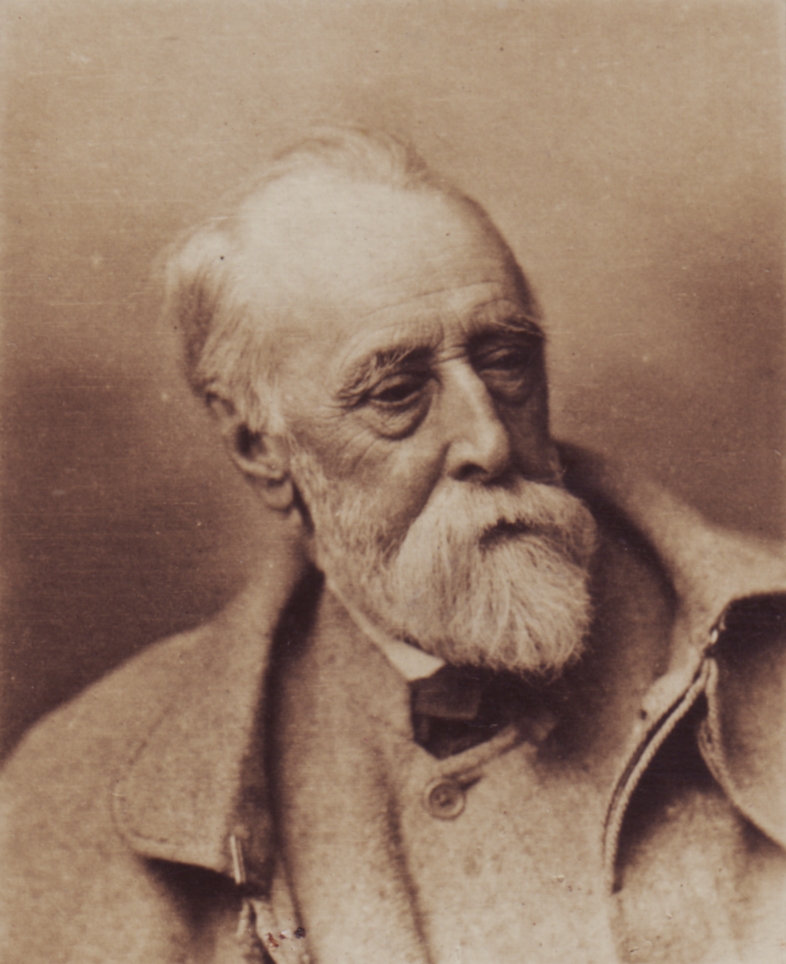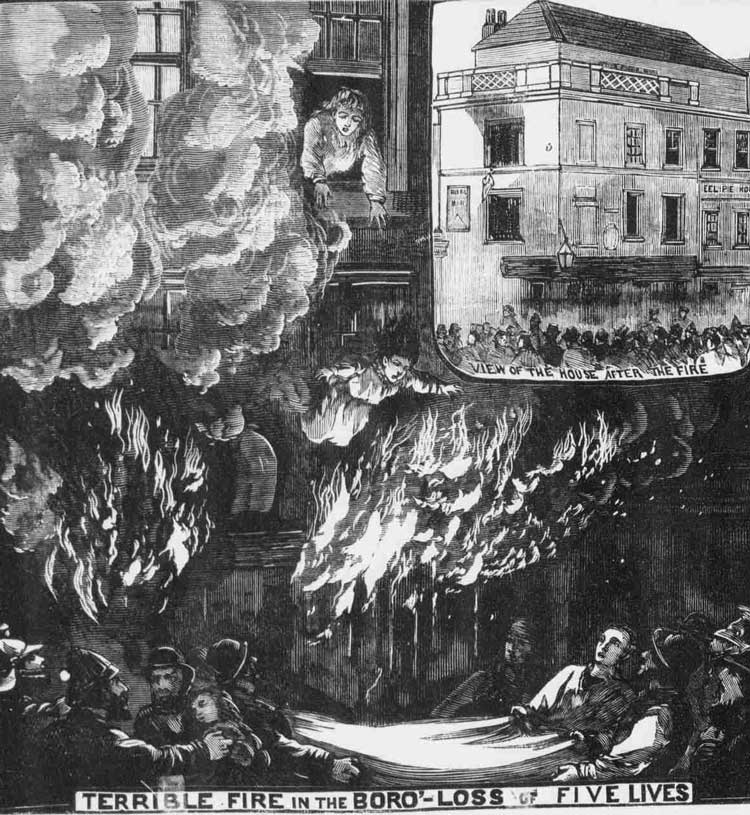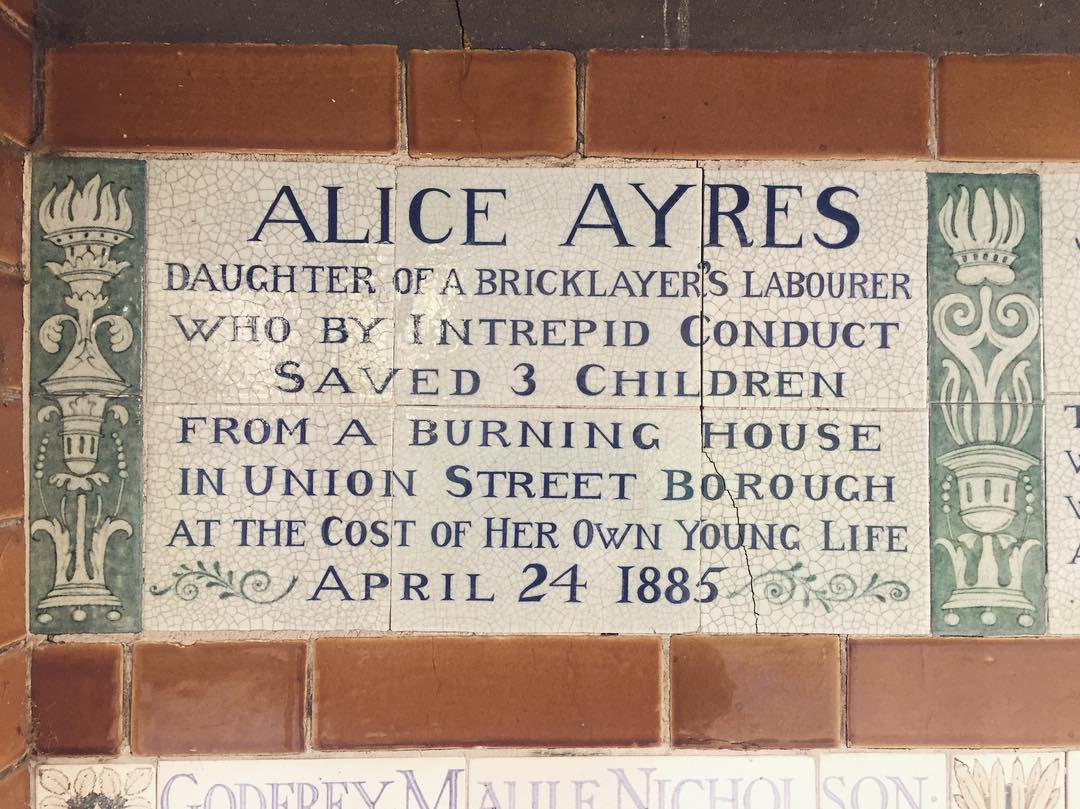
I've missed out on a lot of events this year due to #breastcancer, which means I've missed opportunities to engage with readers about my new book, #TheFacemaker. So, let me take a moment to tell you more about this book, which took me five years to research and write.👇 /1 

From the moment the first machine gun rang out over the Western Front, one thing was clear: Europe’s military technology had wildly surpassed its medical capabilities. Bodies were battered, gouged, hacked, and gassed.
Never before had the world faced such slaughter. /2
Never before had the world faced such slaughter. /2

Stretcher-bearers could rarely step onto a battlefield without becoming a target. Their mortality rates were extraordinarily high. When Private W. Lugg picked up an injured man, it took him ten hours to travel 400 meters. Wheeled carts were mostly useless on blasted terrain. /3 

During #WWI, medical staff applied 1.5 million splints, administered 1,088 million doses of drugs, fitted over 20,000 artificial eyes, and used 7,250 tons of cotton wool while applying 108 million bandages to injured combatants. /4 

In the British Army alone, 6,000 medical personnel would die and a further 17,000 would be wounded. No matter how hard they worked, doctors and nurses were consistently overwhelmed by the sheer number of injured men requiring their help. /5 

Women turned out in their thousands to volunteer as nurses. Most had never set foot inside a hospital, let alone cared for the sick and wounded. They were called upon to perform tasks requiring domestic skills few of them possessed. /6 

“I can see a girl now sitting on the stairs with a duster, wondering what on earth to do with it,” one woman recalled. Their romantic notions of nursing were soon shattered by the grim reality of bed-pans, urinals, vomit, and blood. /7 

Women found themselves in the most shocking situations. Claire Elise Tisdall watched as a soldier was carried past her. In the dim light, she thought the lower half of his face was covered with a black cloth. Only later did she realize it had been completely blown off. /8 

The human wreckage caused by #WWI was inescapable. Many soldiers were shot in the face simply because they had no clue what to expect from trench warfare. Robbed of their very identities, they came to symbolize the ugly face of a new, mechanized form of war. /9 

Louis Barthas remembered when his comrade was hit: “We stood there a moment, horrified: the man had almost no face left; a bullet had hit his mouth and exploded, blasting through his cheeks, shattering his jaws, ripping out his tongue...and the blood gushed abundantly.” /10 

Medics were met with the overwhelming task of treating scores of men who were barely recognizable to themselves or their families at a time when reconstructive surgery was still in its infancy. Indeed, this branch of medicine owes much to advances made during WWI. /11 

One such person was the dentist Charles Valadier, who retrofitted his Rolls Royce with a dental chair and drove it to the Front under a “rain of bullets." He helped countless soldiers who had been shot in the face, and is featured in #TheFacemaker. This is his car. /12 

At its heart, #TheFacemaker is about the pioneering surgeon Harold Gillies (far right), who rebulit soldiers' faces during WW1. Gillies established the world’s first hospital dedicated entirely to facial reconstruction. /13 

It was there that he assembled a unique group of practitioners. Their task was to restore what had been torn apart, to recreate what had been destroyed. Gillies and his team restored not just the faces of the wounded but also their spirits. /14 

It's important to remember that not all soldiers had access to surgery, nor did everyone wish to undergo months (or years) of painful operations. #TheFacemaker also features a number of artists who sculpted masks for disfigured soldiers. /15 

Artists like the American sculptor Anna Coleman Ladd created masks of the soldiers’ faces from clay or plasticine in order to create a prosthetic piece made of thin galvanized copper. /16 

The metal was painted with hard enamel to resemble the recipient's skin tone. Ladd then used real hair to create the eyelashes, eyebrows and moustaches. Had it not been for her efforts, many of these men would have lived in isolation due to biases against their faces. /17 

Alongside the stories of Ladd, Valadier, and Gillies are, of course, the stories of the soldiers themselves. People like Private Walter Ashworth, who laid on a battlefield for three days before being rescued, and who underwent multiple surgeries under Gillies's care. /18 

And John Glubb, who suffered on & off the battlefield after his jaw was shattered. “I had apparently nearly swallowed my tongue during the operation and, to prevent this, [the surgeon] had pierced my tongue and threaded a wire through it with a wooden rod on the end of it.” /19 

After the war, the surgeon Sir William Arbuthnot Lane said: "Men who save life never get the same appreciation and reward and those whose business it is to destroy it."
I hope #TheFacemaker goes a small way towards remedying this. /20
I hope #TheFacemaker goes a small way towards remedying this. /20

I spoke to @biannagolodryga about #TheFacemaker for @AmanpourCoPBS on @CNN. Many of the disfigured soldiers of #WWI were forced to sit on blue benches so the public knew not to look at them. I hope people will read this book, and know their stories. /21
edition.cnn.com/videos/tv/2022…
edition.cnn.com/videos/tv/2022…
I hope you enjoyed learning more about this subject. I've not been able to promote #TheFacemaker much due to a #breastcancer diagnosis, so I appreciate RTs.👇
🇺🇸 : bit.ly/3E88SOj
🇬🇧 : bit.ly/3FTEokE
🇩🇪 : bit.ly/3UbddWA
🇳🇱 : bit.ly/3t3HVFp
🇺🇸 : bit.ly/3E88SOj
🇬🇧 : bit.ly/3FTEokE
🇩🇪 : bit.ly/3UbddWA
🇳🇱 : bit.ly/3t3HVFp

If audiobook is more your thing, you can download #TheFacemaker narrated by @danieljgillies, the great-great nephew of Sir Harold Gillies. It was an honour to have him involved in this project, and hear him bring this story to life in such a vivid way.
bit.ly/3ENZvmg
bit.ly/3ENZvmg

• • •
Missing some Tweet in this thread? You can try to
force a refresh






















